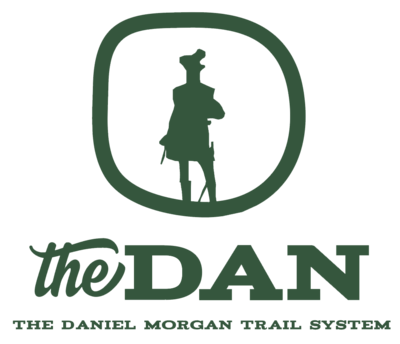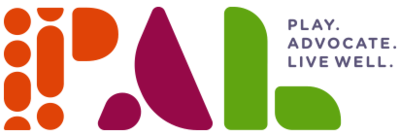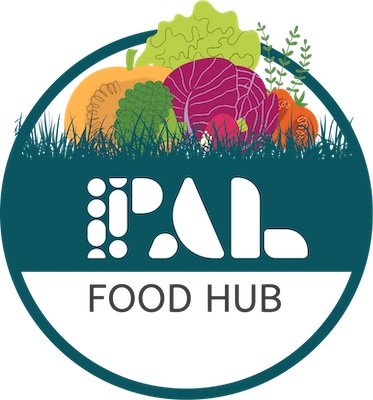If you follow our Facebook or Instagram pages (as you should!), you know that I went to Seattle a couple of weeks ago for a conference hosted by the National Association of City Transportation Officials (NACTO). I shared some photos online, and figured I’d share a few thoughts here.
Neighborhood Streets: I stayed in my first AirBnB, which really pushes the idea that you’re experiencing a neighborhood as a resident. I got that feeling right away, and felt at home on the crowded, narrow residential streets of the Capitol Hill section of Seattle. Being a street watcher, I noticed right away that most of the intersections had four-way yields as opposed to four-way stops. With low volume streets slowed by crowded street parking, such treatment allows vehicles to move at a slower but more efficient pace.
A number of intersections used roundabouts instead of stop signs. These small and fairly inexpensive treatments also allow traffic to move more efficiently, and add safety by reducing t-bone and head on crashes. They provide space for neighborhood beautification, and in many cases delineate clear travel lanes through off-set intersections.
“Space Management:” The conference including several walking tours around Seattle’s robust downtown neighborhoods. One was led by a member of the Seattle Department of Transportation’s Public Space Management Team. By viewing streets as public space to be managed, Seattle has moved away from seeing streets as automobile conveyance arteries only. Second, the implementation of their Pavement to Parks program uses paint, plastic and planters (the Three Ps) to carve out unused areas of existing streets and again to help delineate travels lanes through awkward intersections.
Combine this with their Parklet program, where businesses can apply to extend their service space into parking lanes in front of their business. Special attention paid to maintaining proper parking ratios results in more efficient use of space and added development of public space on the streets, turning them from vehicle lanes into places where people might gather safely without big budgets and lots of engineering.
Protected Bike Lanes: Seattle has a well-deserved reputation for bike friendliness. But let me say that not all elements of bike friendliness include separated space for bicyclists; drivers and cyclists both bear some responsibility for creating a friendly atmosphere, and I experienced that first had when cruising down Capitol Hill on a bike-share bicycle during morning rush hour. Though there was bike lane most of the way, crossing over I-5 on a narrow bridge put me directly into traffic lanes. The cooperation between cyclists and drivers was pretty remarkable all four days I did this.
But Seattle, like Spartanburg, recognizes that to increase bicycle use and safety, we must create protected and off-road lanes for cyclists. I rode in one of the new “cycle tracks” like the one the City of Spartanburg will construct to connect the MBF Rail Trail to Barnet Park. The feel and look of the street change, as each user—pedestrian, cyclist, transit user and driver—has ample and protected space. Seattle has plans to expand their system of protected lanes to 50 miles in the next nine years.
The result of all of this street use and design is a dynamic mix of shared places for communities to interact. They include festival streets like our own downtown Wall Street. With all of the development going on in Spartanburg and Seattle (there were 65 tower cranes downtown when I was there), we would do well to see how Seattle’s other approaches to the use of public space on streets might apply here to slow traffic, increase safety, and improve the use of our existing public areas.





